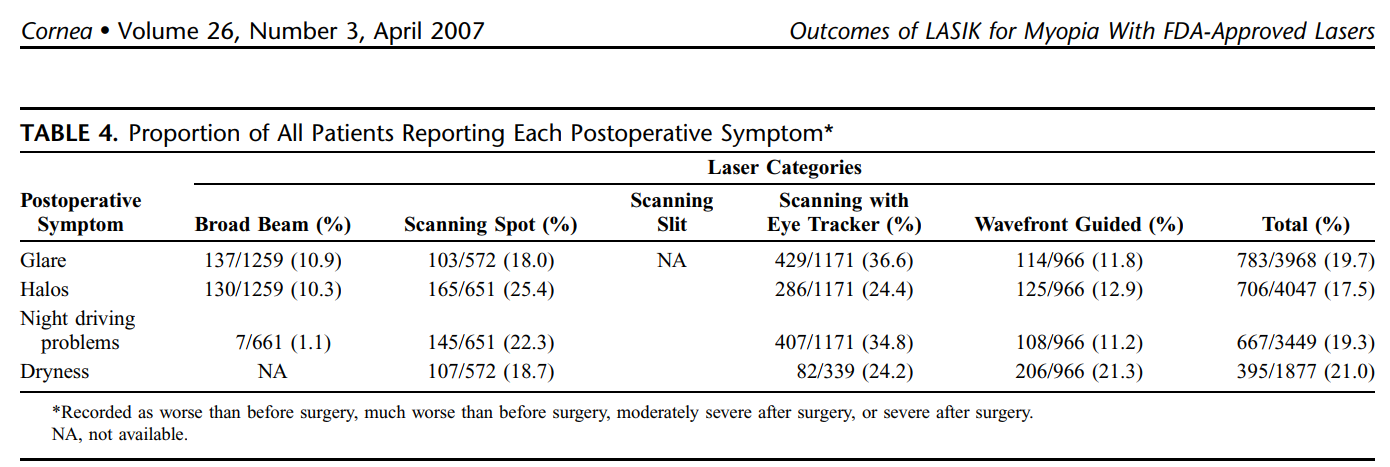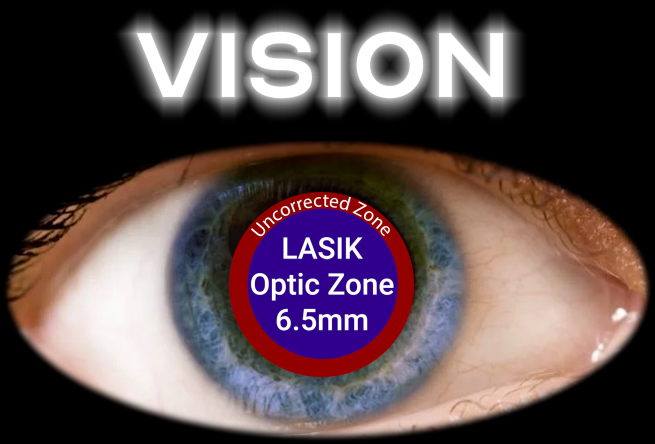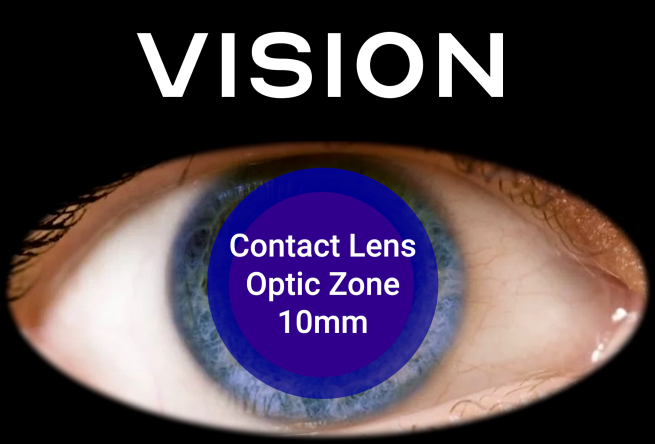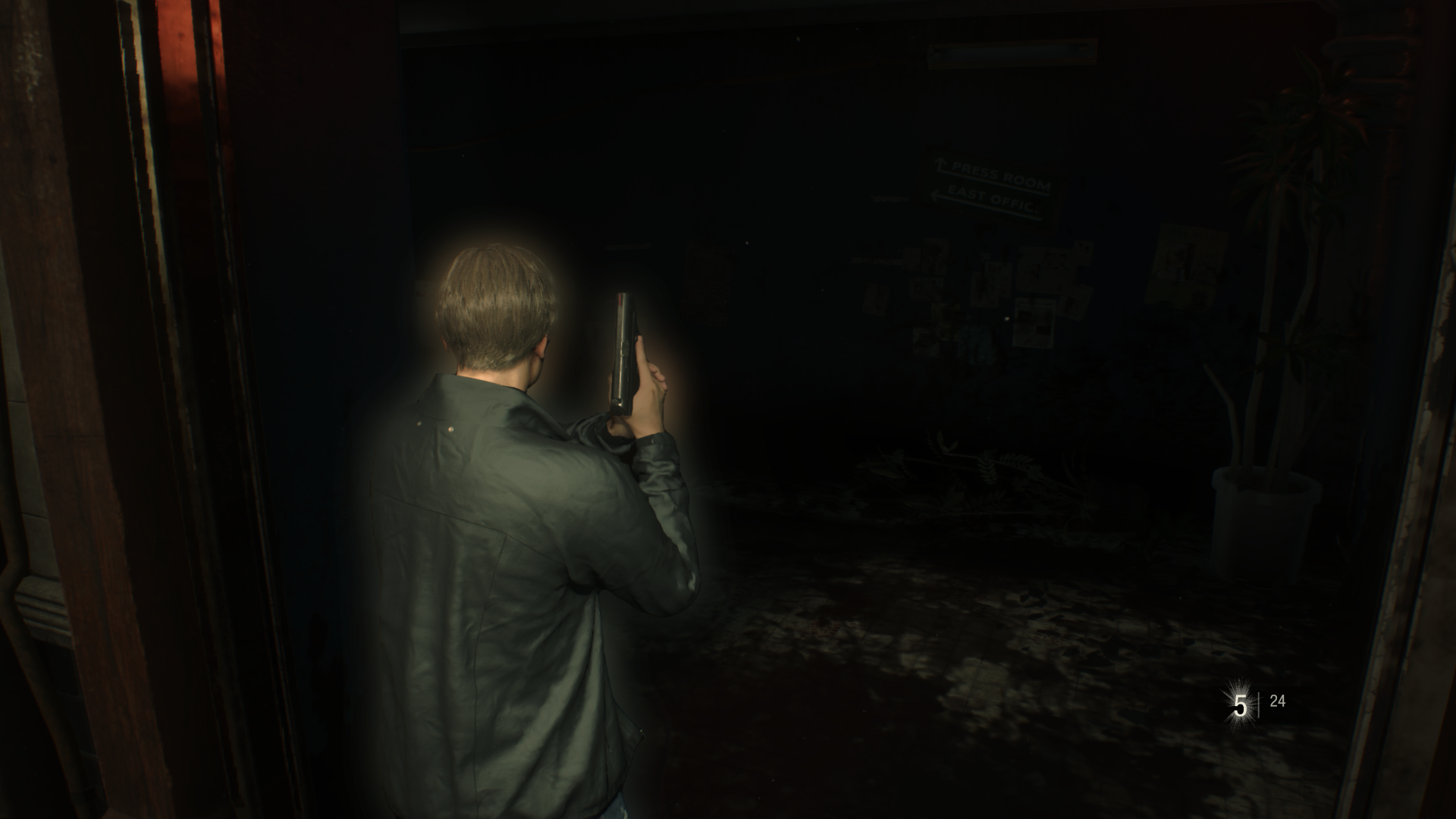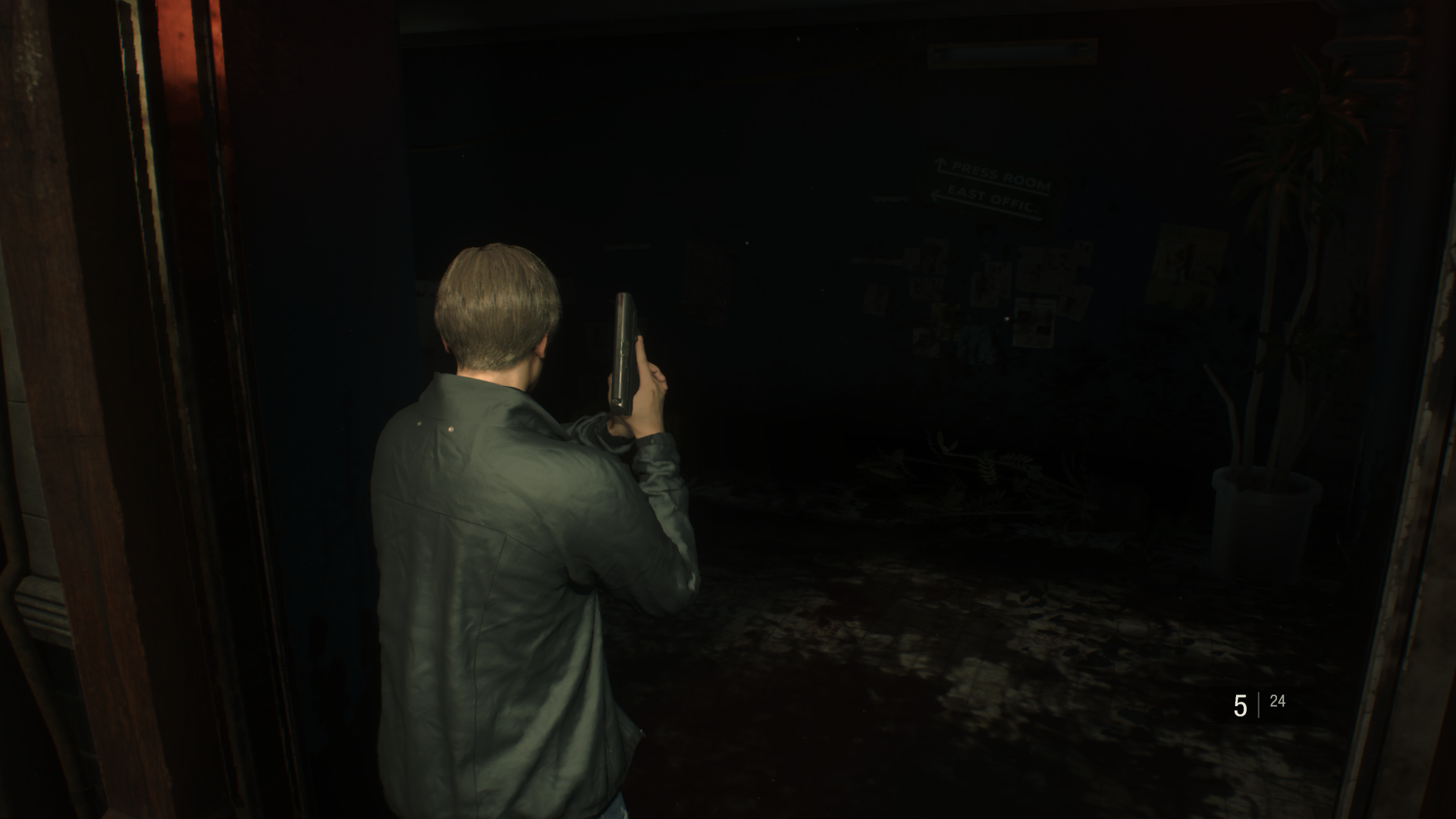LASIK Risks and Complications
FDA clinical trials demonstrate alarming numbers of patients experience complications such as dry eyes and night vision problems after LASIK. A published review of data from twelve FDA clinical trials for LASIK, including newer “custom” “wavefront” technology, reveals that six months after LASIK:
- 17.5% of patients report halos
- 19.7% report glare (starbursts)
- 19.3% have night-driving problems
- 21% complain of eye dryness.
Source: Bailey MD, Zadnik K. Outcomes of LASIK for myopia with FDA-approved lasers. Cornea 2007 Apr;26(3):246-54.
Still skeptical? Dig into the data in the additional high-quality sources here.
Prospective LASIK patients place their trust in LASIK surgeons to disclose risks and potential problems of the surgery. LASIK surgeons behave more like used car salesmen than physicians, talking up the ‘supposed’ benefits of LASIK while downplaying or concealing complications.
IMPORTANT NOTICE: Due to the failure of LASIK surgeons to report LASIK complications as required by federal law, patients who experience dry eyes, night vision problems, or other complications after LASIK should file a MedWatch report with the FDA. Alternatively, you may call FDA at 1-800-FDA-1088 to report by telephone, download the paper form and either fax it to 1-800-FDA-0178 or mail it using the postage-paid addressed form, or download the MedWatcher Mobile App for reporting LASIK problems using a smart phone or tablet.
If you are experiencing problems from LASIK or another form of refractive eye surgery, we invite you to join the discussion on Facebook.
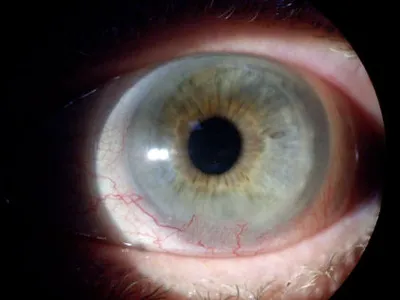 Are you willing to risk your eyes?
Are you willing to risk your eyes?
LASIK-Induced Visual Aberrations / Visual Disturbances
Corneal irregularities vary widely among LASIK patients. Consequently, visual aberrations reported by LASIK patients also vary widely. Patients may complain of blurry vision, ghost images, starbursts, smeared vision, halos around lights or illuminated objects, and loss of contrast sensitivity (inability to distinguish detail in dim light). Glasses and soft contact lenses cannot correct these aberrations.
Some LASIK patients compare their vision to wearing dirty, uncomfortable contact lenses of the wrong power that are permanently stuck to their eyes. Even a patient who is declared a success by the operating surgeon may experience visual disturbances, to some degree, like the ones illustrated below.
Patients with visual disturbances or other LASIK complications should file a MedWatch report with the FDA. You may also call FDA at 1-800-FDA-1088 to report by telephone, or download a copy of the paper form and either fax it to 1-800-FDA-0178 or mail it using the postage-paid addressed form.
What people are seeing post-surgery
Night Vision Problems
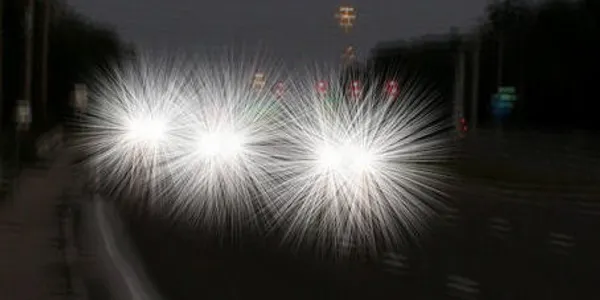
Starburst effect, or starbursting, is a common complication or risk of LASIK or laser eye surgery. LASIK surgeons use the term “glare” to describe starbursts after LASIK. Patients with large pupils are at increased risk of experiencing severe forms of starbursts. All prospective patients should be warned of the risk of diminished night vision after LASIK.
Blurry Vision

Blurry Vision is a possible complication of LASIK. As with other visual disturbances, blurry vision varies among patients from mild to severe. Some patients have described it as “aquarium vision” or “vasoline vision”. Blurry vision after LASIK may be uncorrectable with glasses. Some patients report that their vision is blurry in all lighting conditions, whereas others state that dim light vision is much worse. Many patients report loss of contrast sensitivity and the inability to see fine detail. Some patients report that their vision tends to smear in one or more directions.
Driving Issues
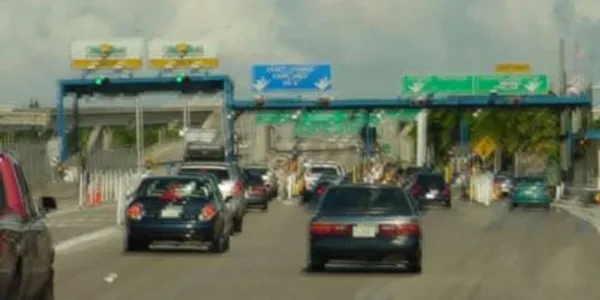
While many patients have problems driving at night after LASIK, some patients also have problems driving during the day. In general, daytime vision after LASIK is better because sunlight shrinks the pupil, blocking light from entering through a larger surface area of the irregular post-LASIK cornea. However, some patients report blurry vision and ghosting even in the best lighting conditions. Some patients can’t even pass a driving test, which generally requires 20/40 vision. Many of these patients worry that states may eventually adopt vision quality testing, and that they could lose their license even with 20/40 vision.
Halos
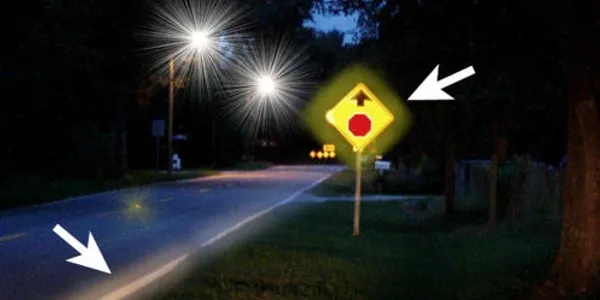
Halo effect, or halos, occur commonly after LASIK. Like starbursts, the severity of halos increases with increasing pupil size. The LASIK industry uses the term “glare” to describe these visual aberrations. After LASIK, halos may appear around any relatively brighter area or reflective object. The LASIK industry does not consider these visual aberrations as a complication, even though the patient may no longer be able to drive at night.
Optical Zone Comparison: The images below demonstrate how LASIK creates a permanently smaller optical zone compared to what glasses or contacts provide, especially problematic when pupils dilate at night (or simply in a dim movie theater or living room).
Halos caused by LASIK’s small optical zone comparison:
Read More on Specific Risks & Complications
Night Vision
A meta-analysis of Summaries of Safety and Effectiveness for the twelve lasers approved from 1998 through 2004, including newer custom wavefront technology, found that six months after LASIK, 19.3% of patients report night-driving problems that are worse, much worse, moderately severe, or severe. (Bailey et al, 2007)
Dry Eyes
Dry eye is the most common complication of LASIK. Virtually all patients experience dry eyes after LASIK. Six months after LASIK approximately 20% of patients in FDA-required clinical trials continue to report dry eyes.
Depression and Suicide
Dr. Edward Boshnick: “Over the years I’ve had the misfortune of examining hundreds of patients who have lost quality vision and suffered severe depression as a result of LASIK surgery. Two of these patients were so depressed by their post-surgical vision loss that they attempted suicide. In fact, there are several documented cases of post-lasik suicides.” Source: A Few Words About LASIK
Eye Pain, Corneal Neuropathy
During LASIK surgery, nerves in the anterior cornea are severed during creation of the flap, and deeper corneal nerves are destroyed by laser ablation. Medical studies demonstrate that corneal nerves do not recover normal densities and patterns after LASIK.
Ectasia/Keratectasia
LASIK permanently thins and weakens the cornea, which may lead to progressive steepening or bulging (ectasia) of the cornea with associated deterioration of vision.
Flap Dislocation
“To put it more simply, the corneal flap after LASIK provides no more corneal strength than the wearing of a contact lens.” William Jory, MD. J Refract Surg. 2004 May-Jun;20(3):286.
Floaters and Retinal Damage
LASIK creates several types of ocular mechanical stress: (a) an increase in intraocular pressure (> 65 mm Hg.) during suction, (b) an acoustic shock wave during laser ablation, and (c) a rapid lowering of intraocular pressure when the suction ring is decompressed.
Infection
Infection is a serious potential complication of LASIK. Sources of infectious contamination during LASIK surgery include the ocular flora, any instruments or sponges used during surgery, the surgeon’s hands, and airborne contaminants. Patients with post-LASIK infection typically present with vision loss and pain.
Herpes Simplex Keratitis
Ocular herpes (HSV) is one of the leading causes of blindness from corneal disease worldwide. LASIK may lead to herpes simplex virus activation, resulting in sight-threatening herpes simplex keratitis lesions.
Epithelial Ingrowth
R. Doyle Stulting, MD, PhD: “About 50% of all LASIK patients will have post-op epithelial ingrowth by pathologic examination.” Source: EyeWorld, March 2006
Interface Fluid
Interface fluid syndrome may occur secondary to steroid-induced elevation of intraocular pressure (IOP) after LASIK.
Higher Order Aberrations
“When I began doing wavefront research in the late 1980s, I realised that refractive surgery was increasing the aberrations of the eye and was causing a loss of best-corrected acuity… " - Raymond Applegate, OD, PhD. Source: EuroTimes June 2003
Debris Under the Flap
You probably won’t find “debris” in a LASIK informed consent. But studies have shown the presence of debris under the flap in 100% of eyes after LASIK.
Central Islands
Central islands are steep spots on the cornea after LASIK. Reported causes of central islands include shielding of the corneal bed by pulverized tissue plume, collection of fluid in the center of the cornea as the ablation is performed, non-homogenity of the laser beam, regional differences in corneal hydration, and large ablation diameters.
DLK/Inflammation
Mah et al: “The incidence of DLK after LASIK surgery (0.75% to 32%) has increased worldwide since it was first described in 1998, paralleling the increase in the number of patients who have had this popular form of refractive surgery.” Source: J Cataract Refract Surg. 2006 Feb;32(2):264-8.
Cataract after Lasik
Most eye surgeries, including LASIK, carry risk of cataracts. Anecdotal reports of cataracts shortly after LASIK, even in relatively young patients, suggest a cause and effect relationship. Moreover, steriod drops routinely prescribed after LASIK may hasten the onset of cataracts.
Glaucoma, Optic Nerve Damage
From the article: But as a glaucoma specialist and past president of the American Glaucoma Society, Dr. Lewis is keenly aware of the difficulty [LASIK] presents for accurately diagnosing glaucoma.
Regression
Most patients enjoy good uncorrected vision in the short-term after LASIK. But what about long-term? In general, LASIK surgeons follow their patients for no more than one year. Anecdotal reports suggest that LASIK results decline over time, and the few long-term studies of LASIK confirm that regression after LASIK is common.
Long Term Issues
LASIK surgeons are aware of universal adverse effects and long term consequences of LASIK, but this information is not fully disclosed to patients prior to Lasik.
Bladeless LASIK Complications
The latest LASIK industry hype is all-laser LASIK, which involves cutting the flap with a femtosecond laser instead of a blade. Eliminating the use of a blade on your eye sounds like a good thing intially, but wait until you read about the problems, risks, and complications of this technology.
PRK Complications
Donate Now
We need your support. Your contributions will help fund our mission to educate, advocate and provide relief to people who are suffering as the result of laser eye surgery.

